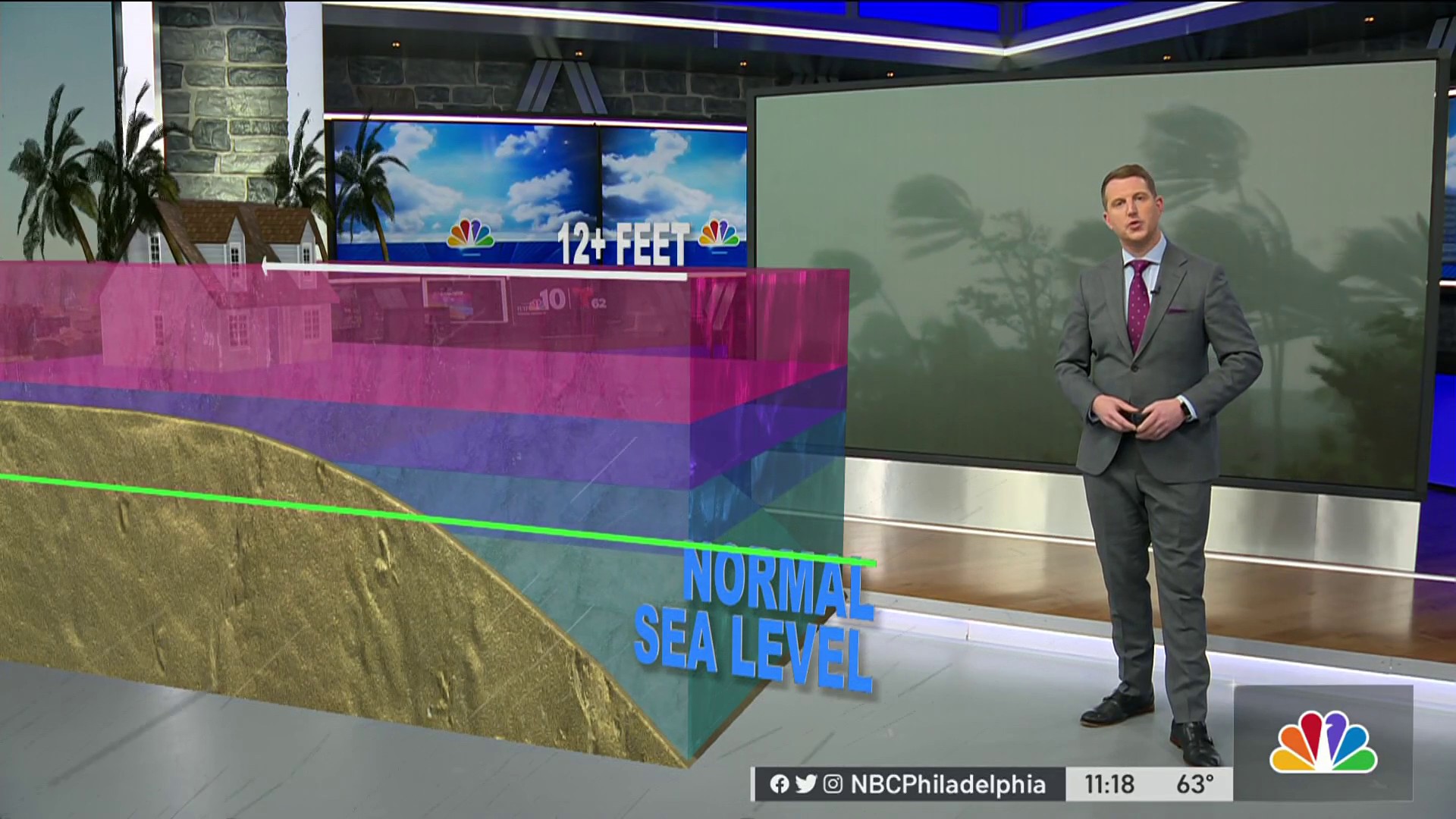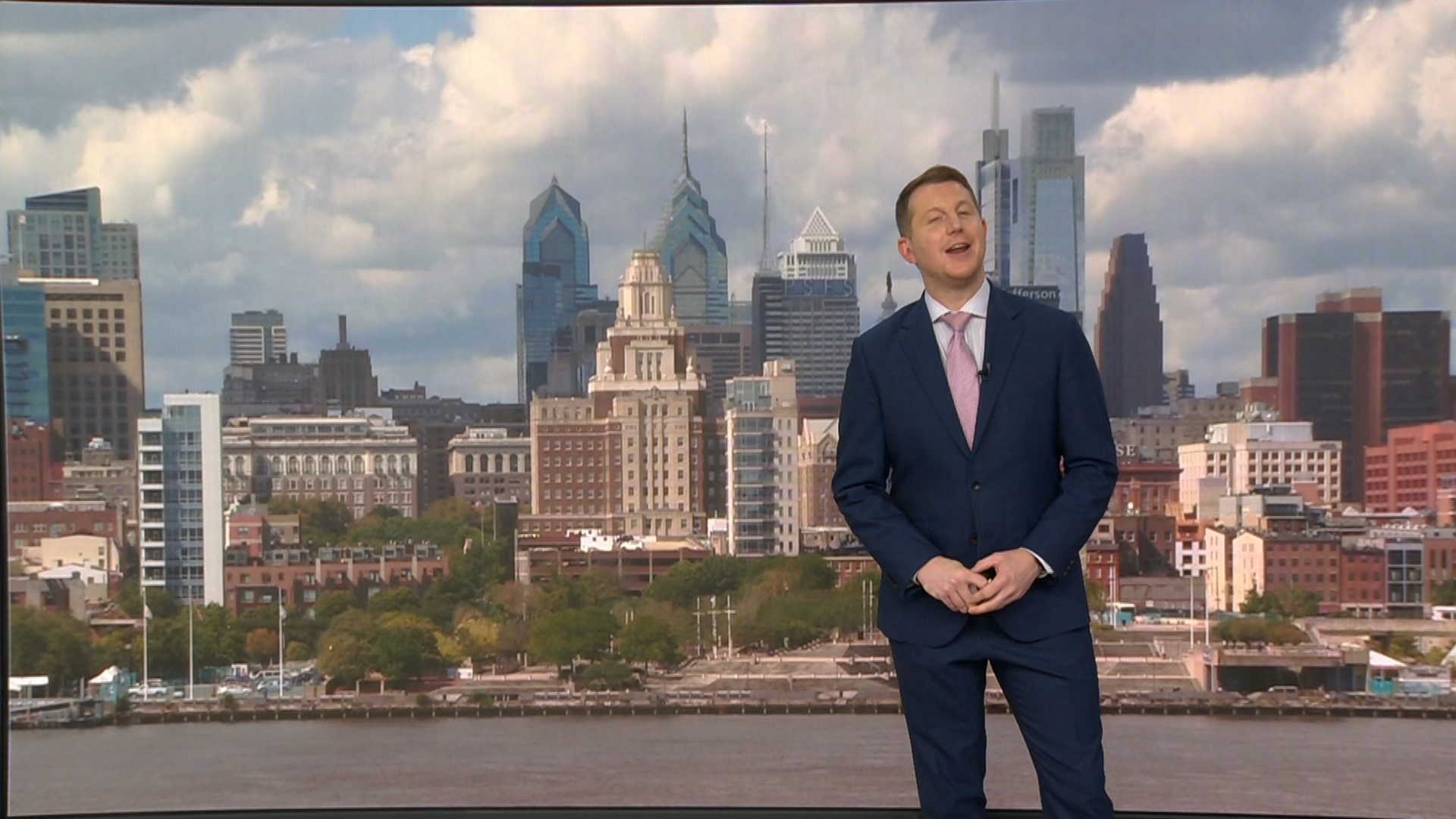Need:
- Two balloons
- Water
- 1 handheld lighter
- Safety goggles
- Adult supervision
Steps:
- Safety first! You and your adult supervisor need to put on safety goggles.
- Blow up one balloon.
- The adult supervisor should light the lighter, and bring the flame up against the balloon. Before doing this, guess what will happen?
- It pops! The balloon should quickly burst. Make notes on why you think this happened.
- Now, fill a second balloon with water.
- Again, the adult supervisor should light the lighter and bring the flame up against the balloon. Before doing this, guess what will happen?
- The balloon doesn’t pop! Notice the balloon feeling hotter. Make notes on why you think the water-filled balloon didn’t pop.
Get Philly local news, weather forecasts, sports and entertainment stories to your inbox. Sign up for NBC Philadelphia newsletters.
What Happened?
We modeled the capacity of water to hold heat more easily than air. With the first balloon, the flame was applied to the rubber skin separating air outside the balloon from air inside the balloon. The air inside the balloon can’t hold heat well, so the rubber quickly melted and the balloon popped.
With the second balloon, the flame was applied to the rubber skin separating air outside the balloon from water inside the balloon. The water inside the balloon can hold heat much better than air, so the rubber doesn’t instantly melt, and the water inside instead heats up. As a result, the balloon doesn’t pop immediately.
Weather Education Week
Join NBC10 and the Phillies in trying these science experiments at home!
This is a great way to understand our changing climate. Due to more greenhouse gases being produced by humans, which trap heat from the sun into our atmosphere, we are seeing our world become hotter, and our oceans are bearing the worst of the warming.
In this example, notice the flame represents the sun, the air inside the balloon represents our atmosphere, and the water inside the balloon represents our oceans.
In our warming world, of all the extra heat now trapped in our atmosphere, the oceans account for holding over 90% of the added heat. Both our air temperatures and our ocean temperatures are rising across the globe.
However, our air doesn’t have as high of heat capacity, so oceans absorb the bulk of the warming. While actual temperatures in the ocean may only rise what appears to be small amounts, the changes have lead to melting glaciers and ice sheets. It's also led to more frequent coastal flooding across the world and more powerful hurricanes.
Did you try the experiment? We'd love to see a video! Parents, you can upload a video by clicking here. Make sure to include the names of the participants and your home town.
Or, if you are comfortable doing so, post your video on Instagram or Twitter with #WxEdWeek and tag @nbcphiladelphia.
And check back each day at 10 a.m. and 2 p.m. for new experiments during Weather Education Week @ Home! See all our experiments and coverage here.



